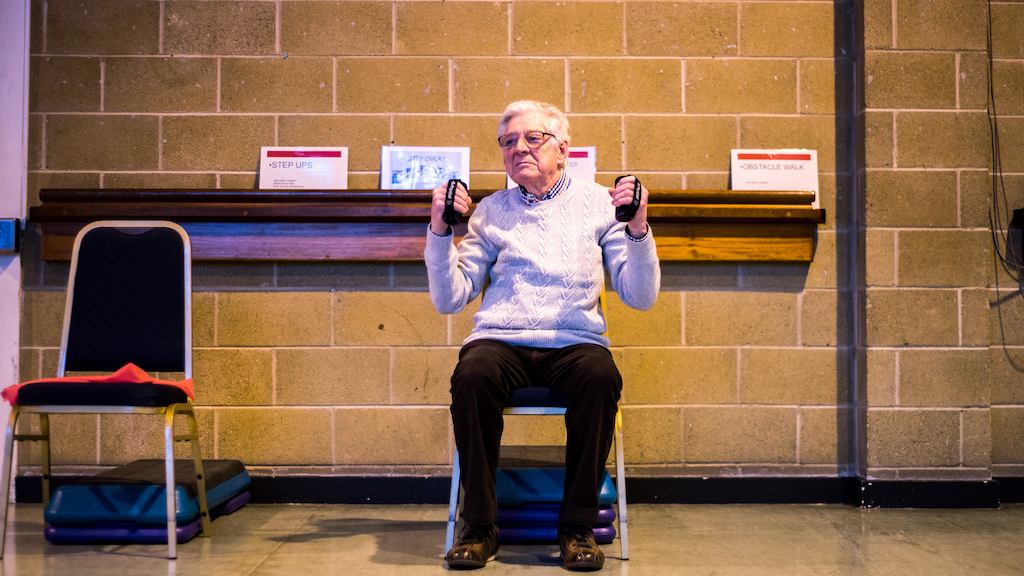The Office for National Statistics has a calculator that tells you just that. Enter your age and gender and it will estimate how long you might live. For me, it estimates I might live until I’m 89 – and I have a one in four chance of living until I’m 97.
The fact that many of us could live to be close to 100 is a huge achievement and one that should be celebrated – but those extra years we’ve added haven’t been matched with an increase in healthy life expectancy. On average, we spend roughly the last fifth of our lives in poor health or managing a disability.
There are also stark inequalities across the country. People living in areas like Kensington & Chelsea, where healthy life expectancy is highest, can enjoy on average 18 more years living in good health compared to people living in places like Blackpool or Manchester.
Being in good health underpins so much else in our lives – whether we can keep working, whether we’re able to look after ourselves or will need social care, or whether we can get out to spend time with our friends and family and maintain social relationships.
At the Centre for Ageing Better, we have identified ‘Healthy Ageing’ as one of our four priority areas. Our goal is for people to have five more years free of preventable disability and to reduce the gap between the richest and poorest people in disability-free life expectancy by 2035.
WHO defines Healthy Ageing as “the process of developing and maintaining the functional ability that enables wellbeing in older age.” The key here is the idea of ‘functional ability’, which is made up of both our personal physical and mental health and our surrounding environment.



